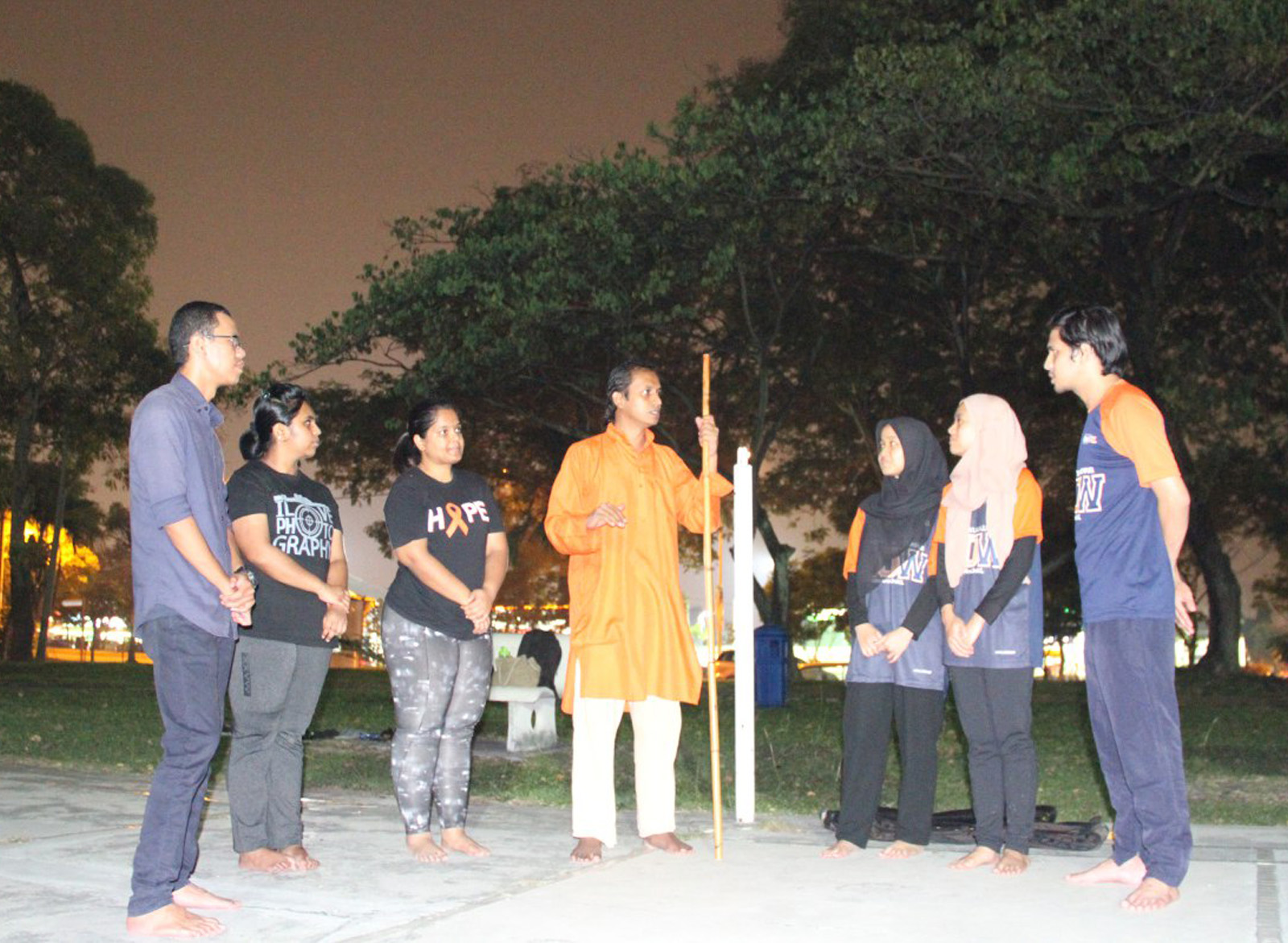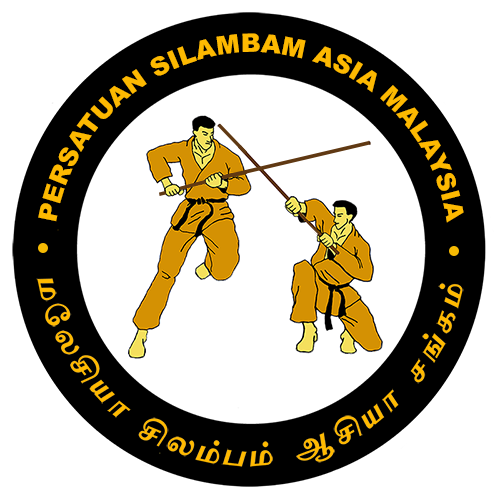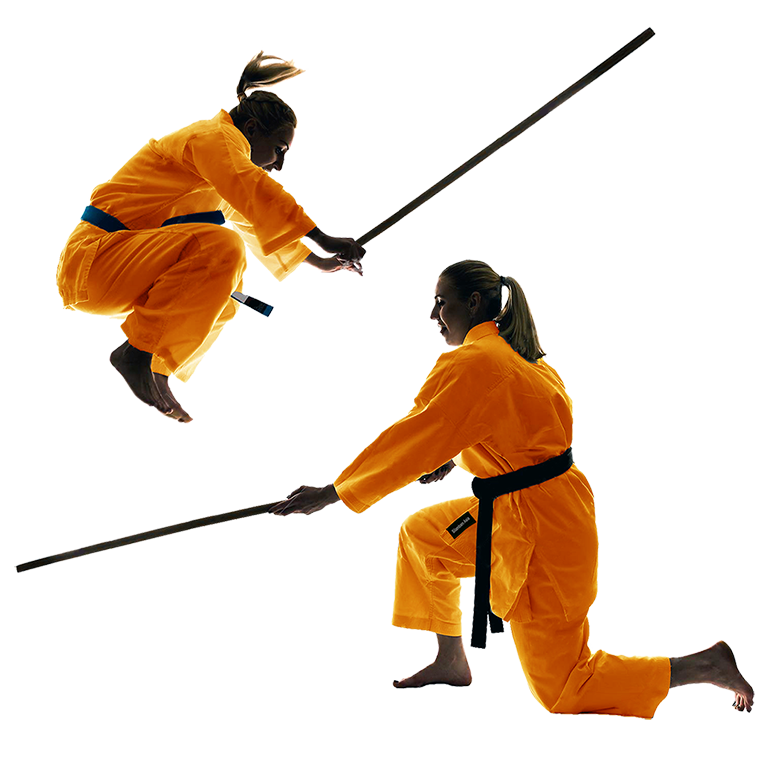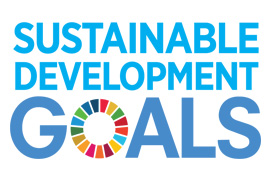
பாரம்பரிய யோகா
Published: 18 April 2025 by Guruji Murugan Chillayah
Traditional Yoga, rooted in ancient Indian philosophy, transcends mere physical exercise. It integrates physical postures (asanas), breath control (pranayama), and meditation (dhyana) to harmonize the body, mind, and spirit. This comprehensive approach fosters not only physical flexibility and strength but also mental clarity and emotional balance.
Scientific studies have highlighted yoga's benefits in stress reduction, improved cardiovascular health, and enhanced respiratory function. Regular practice can lead to better posture, increased energy levels, and a heightened sense of self-awareness. Moreover, yoga's emphasis on mindfulness and presence supports mental health and resilience.
Beyond individual well-being, yoga encourages ethical living through principles like non-violence (ahimsa) and truthfulness (satya). These values promote compassionate interactions and a sense of interconnectedness with others and the environment. By embracing these principles, practitioners contribute to a more harmonious society.
Embarking on a yoga journey offers a transformative experience, fostering personal growth and inner peace. Whether seeking physical health, mental clarity, or spiritual insight, yoga provides tools to navigate life's challenges with grace and equanimity.
Engaging with these traditional arts offers more than physical skills; they provide avenues for personal growth, cultural connection, and holistic well-being. Whether seeking fitness, self-defense, or inner peace, each discipline presents a rich and rewarding journey.
கேட்கப்படும் கேள்விகள்
Silambam is a traditional Indian martial art emphasizing rattan or bamboo staff techniques, other Indian traditional weapons, and dynamic footwork.
Yes, Silambam welcomes beginners, starting with foundational footwork, unarmed practices (Kuttu Varisai), and basic staff handling techniques.
Practicing Silambam enhances flexibility, cardiovascular endurance, coordination, and overall physical fitness levels.
Yes, students can engage in local and international tournaments and cultural performance events.
Progression varies; each belt level generally requires 3–6 months of consistent training.






